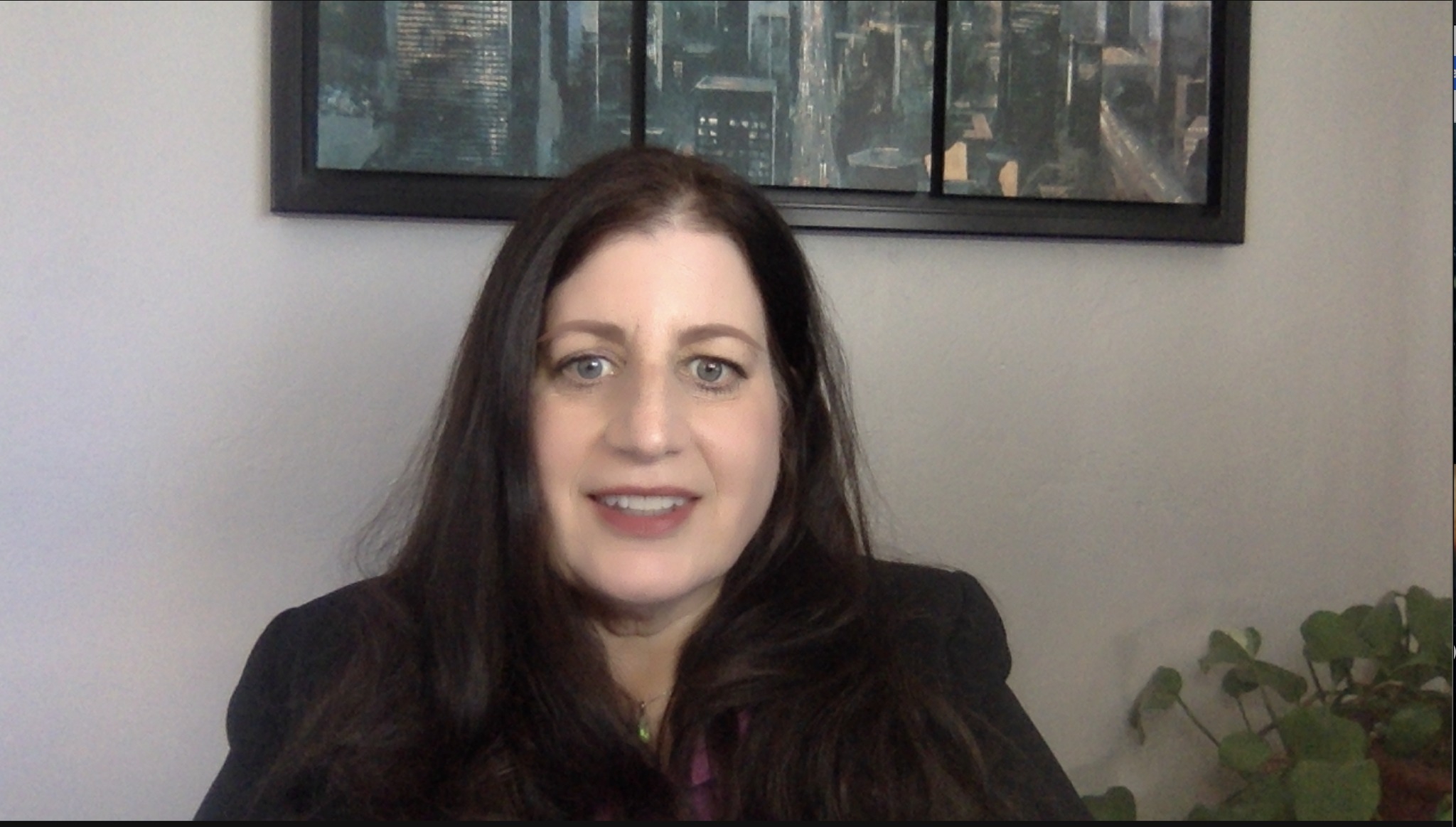Like most people, I receive hundreds of emails a day. Most are from businesses trying to sell me something. Typically, of the few that get past my spam filter, only a handful a day attract my interest enough for me to open them. An even smaller amount will prompt me to take action by clicking on a link in the email (clicking through).
Depending on your industry, it’s estimated that between 20% and 30% of recipients will open an email blast. Smaller companies do better than larger, simply because people often feel they have relationships with the smaller companies. About a quarter of that number are interested enough to actually click through.
Done right, an email blast is an inexpensive but effective advertising campaign. Done poorly, an email blast is like throwing darts while blindfolded. Done very poorly, you could even lose customers.
Here are tips to help ensure that your next email will be opened:
1. The first time you meet or speak with your customers, send them an email – Do this immediately and tell them to expect it. If an email is opened and not reported as spam, it should flag your email address as safe with the server.
There is nothing more important than the subject line. It’s like the headline of a news article. The fact is, people are inundated with digital information. You have to be sending them something really intriguing for them to even bother.
2. Be direct and specific – Tell your customers why they want to click on your email. Your customers don’t care if you are just saying “hi” or if you’re checking in. You’d better have a reason for emailing them and you’d better announce it in the subject line, or you’re wasting your time.
3. Don’t be cute – This week, I’ve received at least two email blasts where the sender tried to go cute. They did get my attention, but with juvenile sounding words like “squeeeaaal!” and “supercalifragilisticexpialidocious,” (yes, these were both real) in the subject line, I only rolled my eyes and hit the “delete” button. The flip side of that same coin is that unless you are emailing a group of writers or English lit majors, literary references are likely to fall flat. Obscurity is unlikely to win you business.
4. If possible, personalize the email – include the name of someone they know in the company along with the recipient’s name in the subject line. Customize the email so the “from” line is an address where they’ve already had correspondence. For example, the email should come from the sales rep or customer service rep’s email, not from a generic company email. This can easily be done with most third party email companies and with some email software.
5. Don’t use all caps or lots of punctuation – Spam filters are programmed to look for things like caps and exclamation points. Words like “save,” “sale,” “pre approved,” “mortgage” and even “business” can be red flags.
6. Keep it clean – By that, I mean the standard meaning, but I also mean keep your emails free from fancy fonts, lots of graphics or extra links. Not only do spam filters tend to look for emails that look like brochures, customers appreciate a more professional approach.
7. You don’t always have to be selling – Sometimes the most effective way to a customer’s heart is to win them over slowly. Send them information that might interest them. Demonstrate your expertise.
8. Time it right – The best time to send an email is at about 6:00 in the morning. You can also get a little creative. An email can stand out on a Sunday, when there isn’t much competition and when people are usually a bit less busy than on a Saturday.
9. Don’t send too many – A bunch of emails, especially of the same emails, will trigger the spam filter, but they’ll also annoy your customers. Only send emails when you have something to say. If you don’t have something worth emailing at least once a month, think of something. Don’t send your customers something more than once a week.
10. Be courteous – If you are asked to take someone off an email list, do it. Always include an “opt out” option in the body of the email. In some states, it’s the law and it’s always good form.


